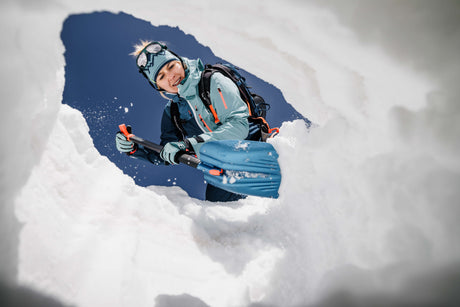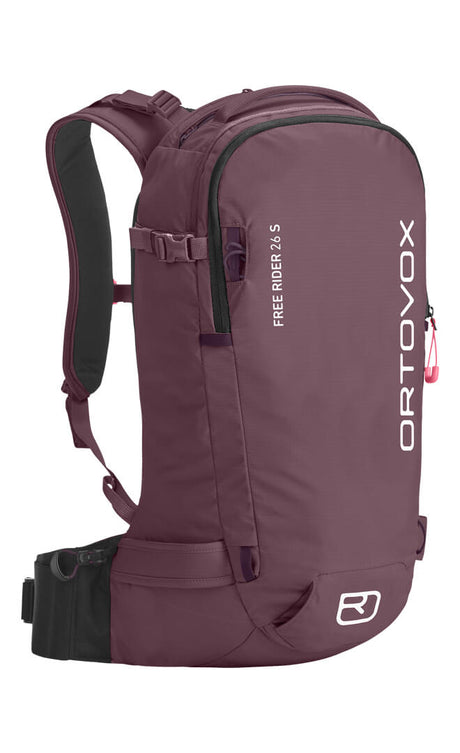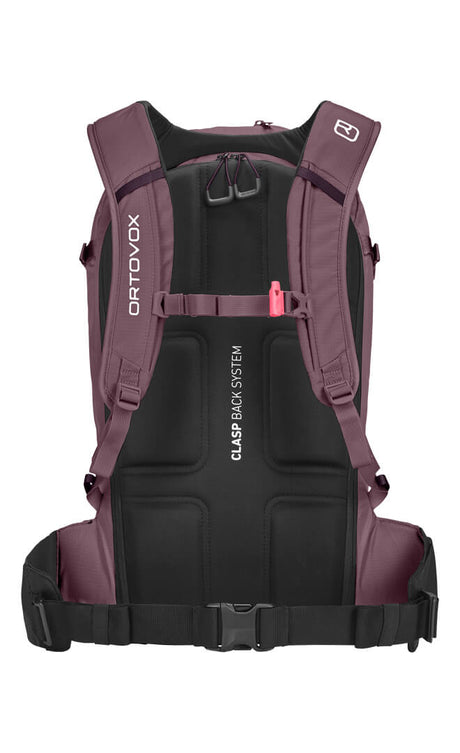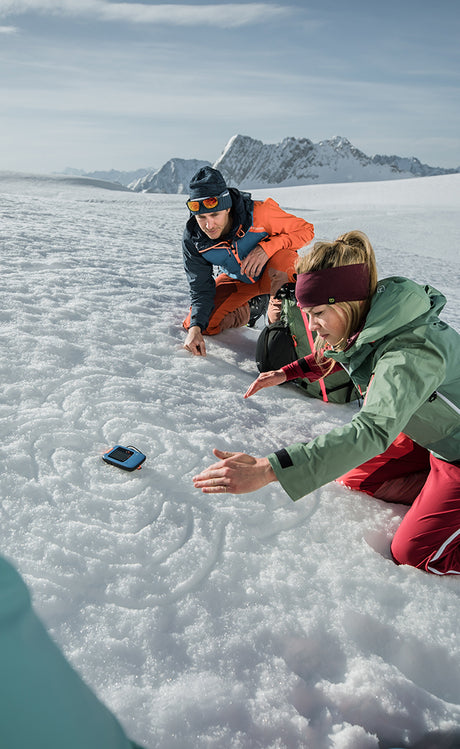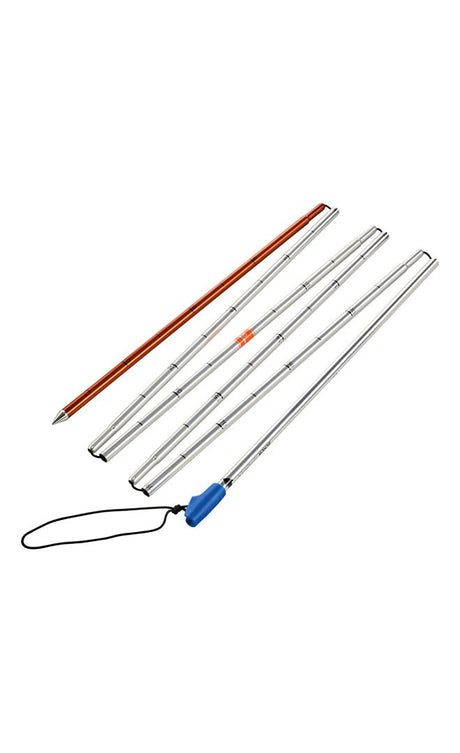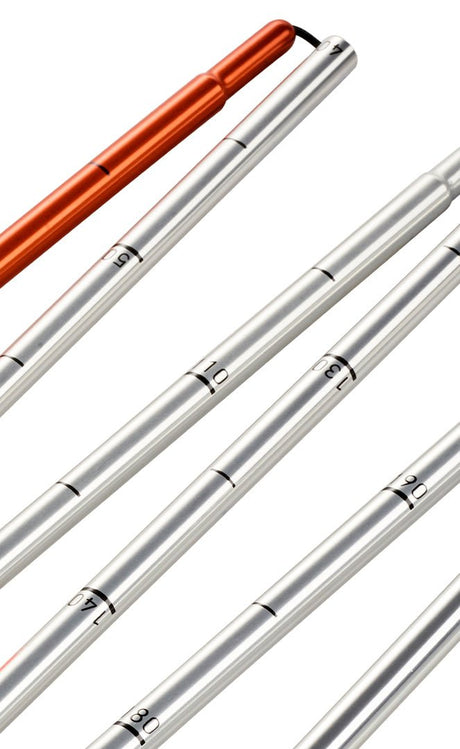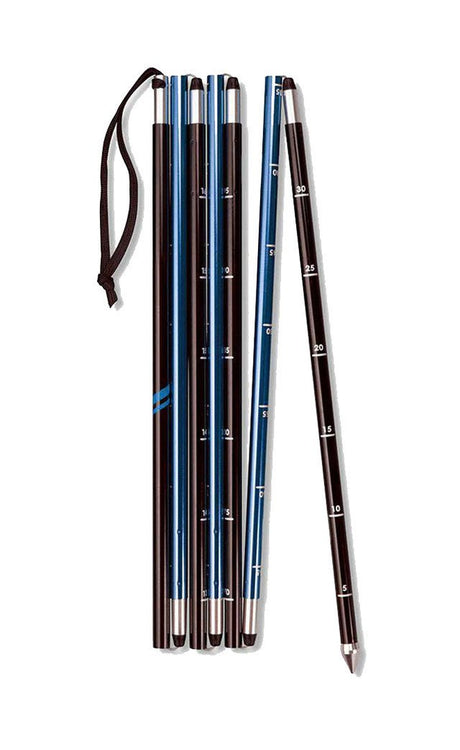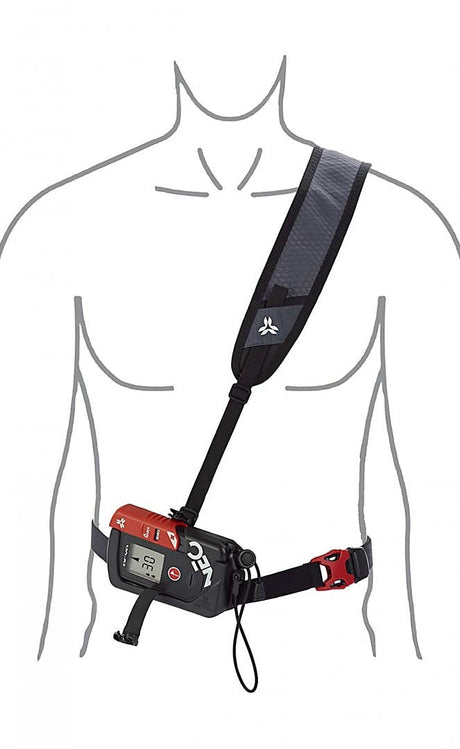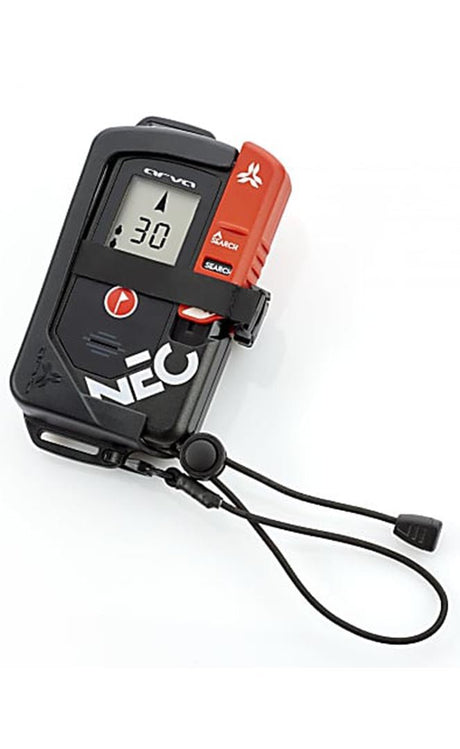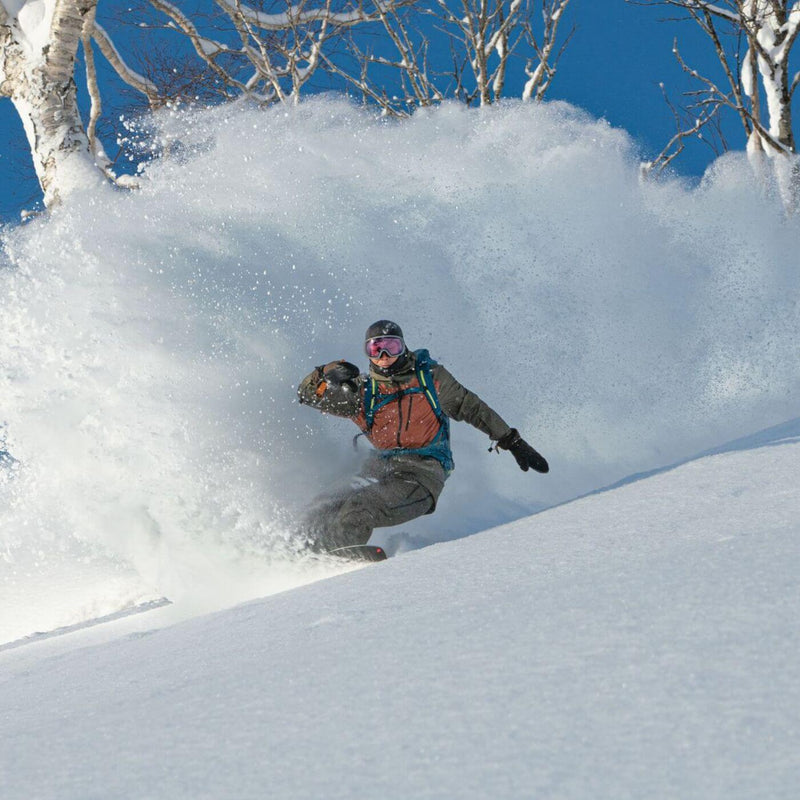Off-piste practice in the mountains carries avalanche risks, which should never be underestimated. It is essential to be well equipped to maximize safety during snowboarding and skiing adventures. Among the essentials are the DVA (Avalanche Victim Detector), the shovel, and the probe – as well as the avalanche airbag backpack. The latter offers many advantages to increase your chances of survival against this ever-present danger. Here is a guide to help you choose the right backpack.
Understanding how an avalanche airbag works
The principle of the avalanche airbag is based on the mixing effect: a larger and lighter object is more likely to rise to the surface in the event of an avalanche than small snow particles. Thus, a backpack equipped with an inflatable system creates a sufficiently large "bubble" to promote this rising, reduce the risk of burial, and thereby increase the chances of survival. In case of burial, the avalanche airbag also creates a space around the face, facilitating breathing.
Different types of inflatable systems
There are mainly two types of inflatable systems:
- Single airbag system: This is a single U-shaped airbag, extending from the shoulders to the waist on the sides. This system optimizes the skier's buoyancy while providing lateral protection.
- Dual airbag system: This solution relies on two separate inflatable cushions that surround the skier on each side. The product inflates simultaneously and provides increased protection compared to the single-airbag system.
Knowing how to choose your bag
Several criteria must be taken into account in your choice of avalanche backpack:
- Volume: Choose a bag with sufficient capacity to carry the necessary equipment depending on the activity practiced (ski touring, alpine skiing…). Volumes generally range between 20 and 50 liters.
- Weight: In the mountains, every gram counts. Choose a lightweight bag without neglecting the quality of the materials, as they must be sturdy to withstand extreme conditions.
- Compatibility with other equipment: Your bag must be able to accommodate the avalanche transceiver, shovel, and probe, as well as your personal belongings (change of clothes, food, water…).
- Comfort: Try different models to determine which one is the most comfortable to wear on your back. Good padding and a waist belt are essential.
- Ease of use: Make sure that the avalanche airbag is simple to use, even under stress. The inflation system must be able to be operated easily and quickly.
- The budget: The prices of avalanche airbags vary depending on the features and brands. It is recommended not to skimp on quality to ensure your safety.
Getting started with bag triggering
It is important to know how to deploy your bag in a critical situation. Training helps acquire the necessary reflexes to activate the inflation system when facing danger.
- Read the instructions carefully: Familiarize yourself with the user manual and specific usage advice for your avalanche airbag backpack model.
- Perform tests: Practice triggering the bag at home or in a secure environment.
- Participate in training courses: Organizations offer training courses on avalanche rescue techniques, including learning the proper use of the avalanche airbag.
In conclusion, purchasing an avalanche airbag backpack is a serious investment that requires careful thought, comparison, and testing. Remember that your safety in the mountains primarily depends on your behavior, experience, and adherence to basic rules. Prevention remains the best protection against avalanches.

